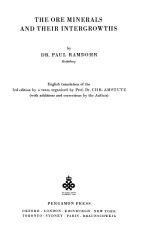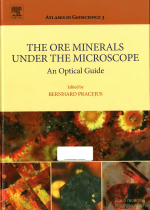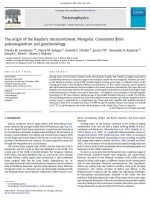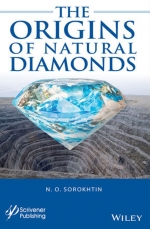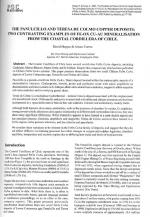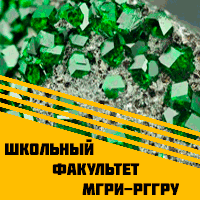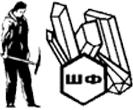Many scientists traditionally believe that the ore (and not only ore) matter of most endogenous economic minerals comes directly from the mantle or through the mantle matter differentiation and invasion of differentiated magmas in the crust together with water fluids rising from Earth’s depth. However, this assumption is right only in part as the entire matter of the continental crust, including ore elements, had been indeed released in the past from the mantle along with the other rock-forming oxides. In substance, however, this assumption is the “path of least resistance” as it allows us to hide our lack of knowledge of the real mechanisms of local crust enrichment with trace elements in a “black box” of the mantle and to substitute one complex problem with another one, no less complex. Indeed, the entire complexity of the classical approach to explaining the formation causes of local ore and other trace element accumulations in Earth’s crust is in that the concentration of most of them in the mantle is disappearingly low, whereas in commercial deposits it is relatively high and reaches sometimes top-cut grade value. For instance, gold and uranium concentration in the present-day mantle is on the order of 10-9; mercury and thorium 10-8; silver, tantalum, tungsten, platinum and lead 10-7; lithium, niobium, molybdenum and tin 10-6, etc., whereas in commercial deposits the concentration of these rare elements may rise to fractions and even whole percentages. <...>


